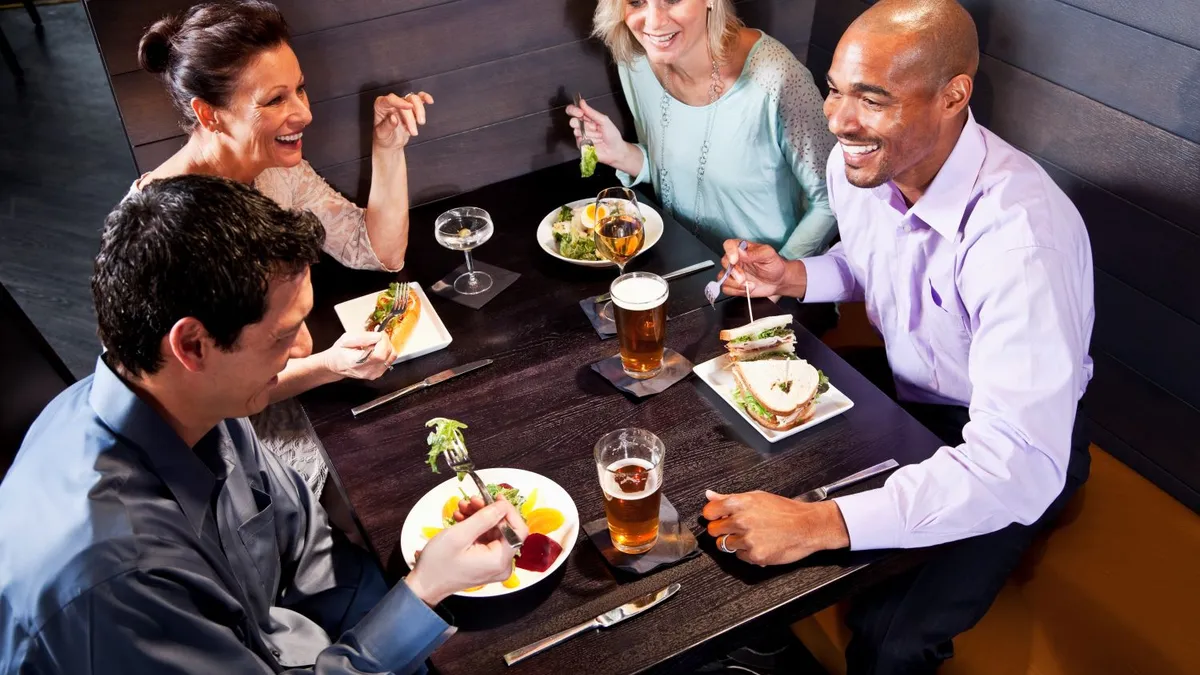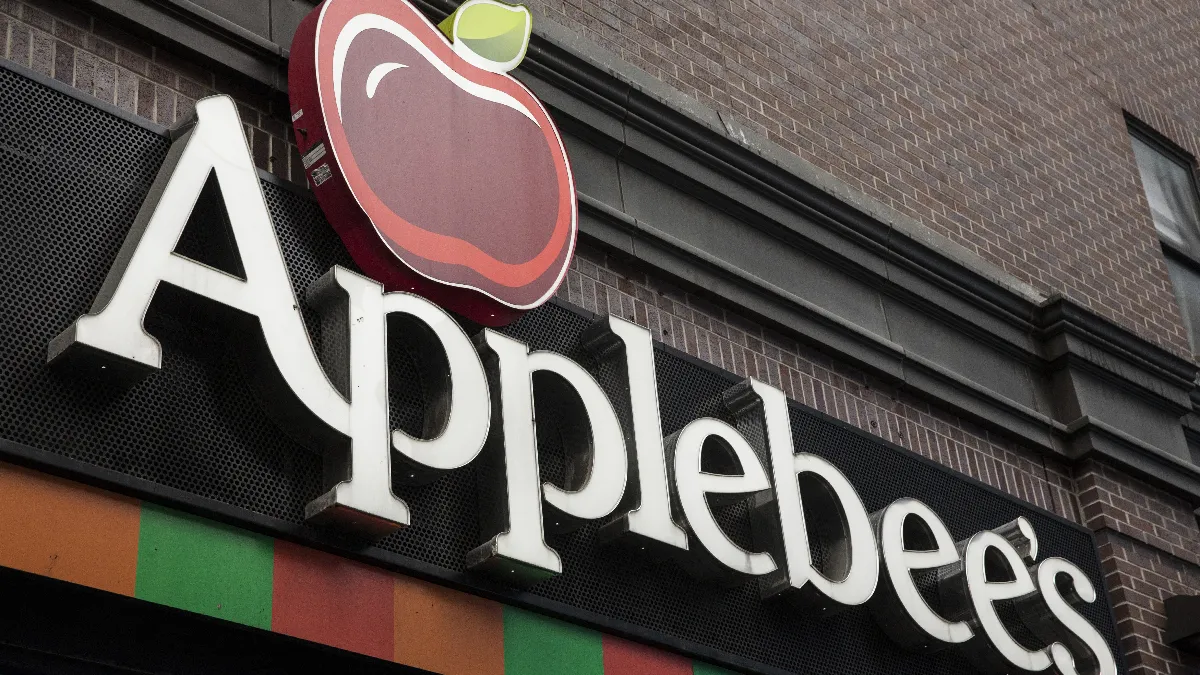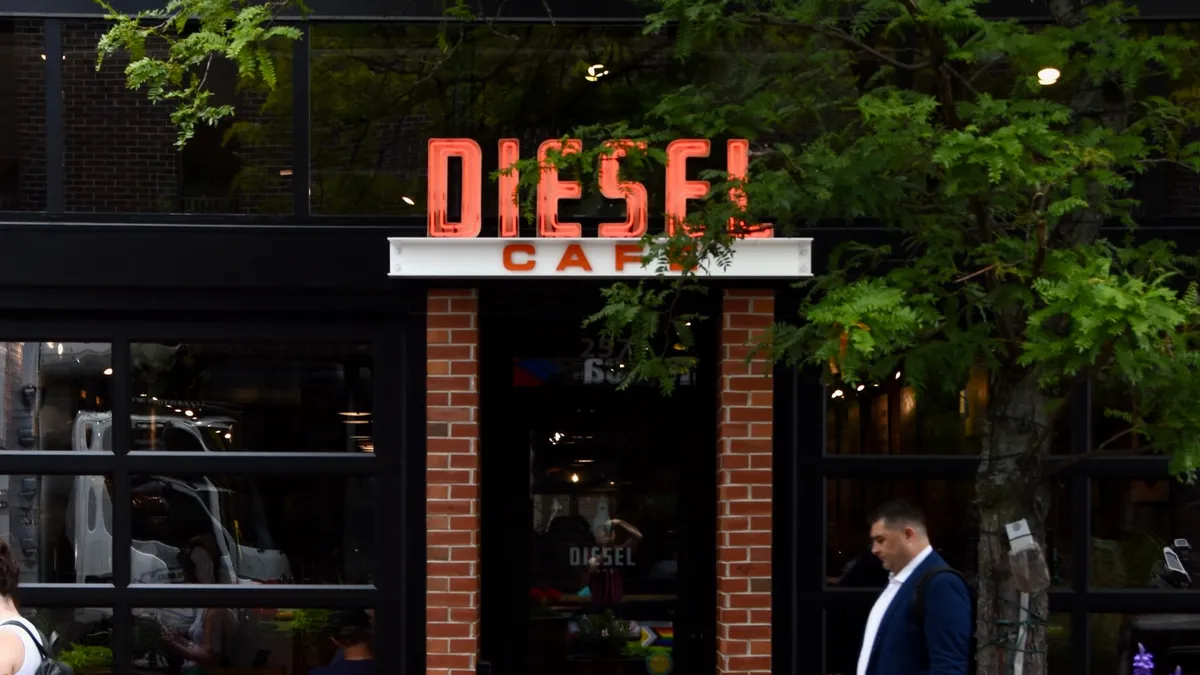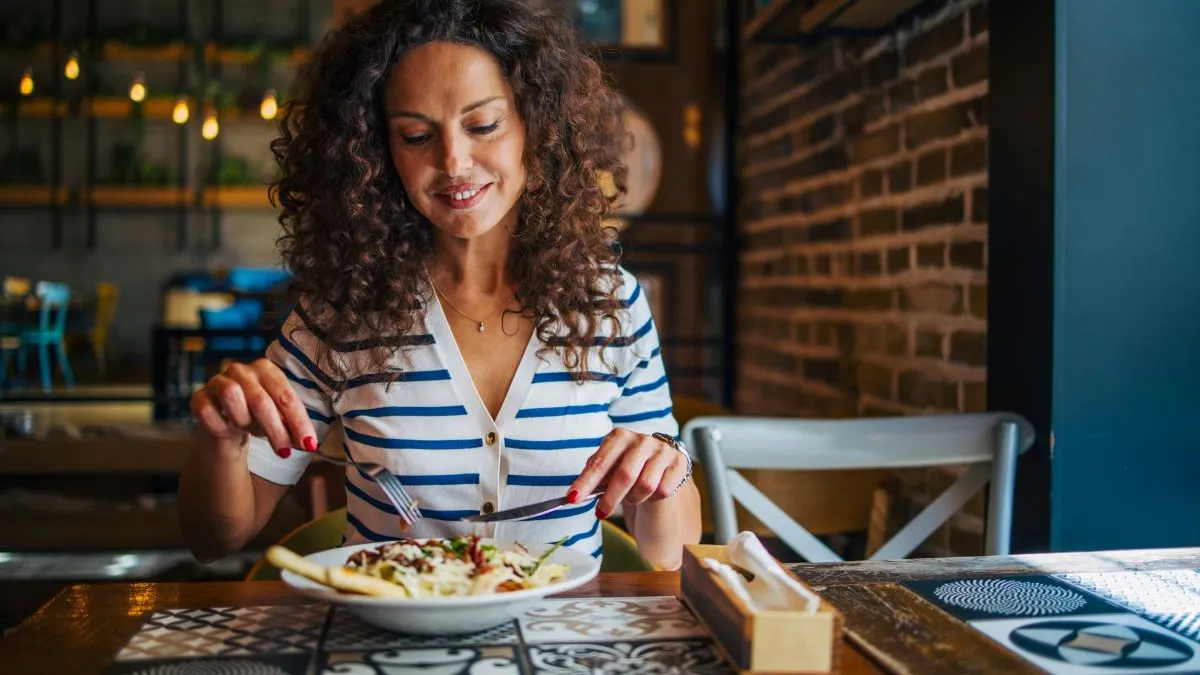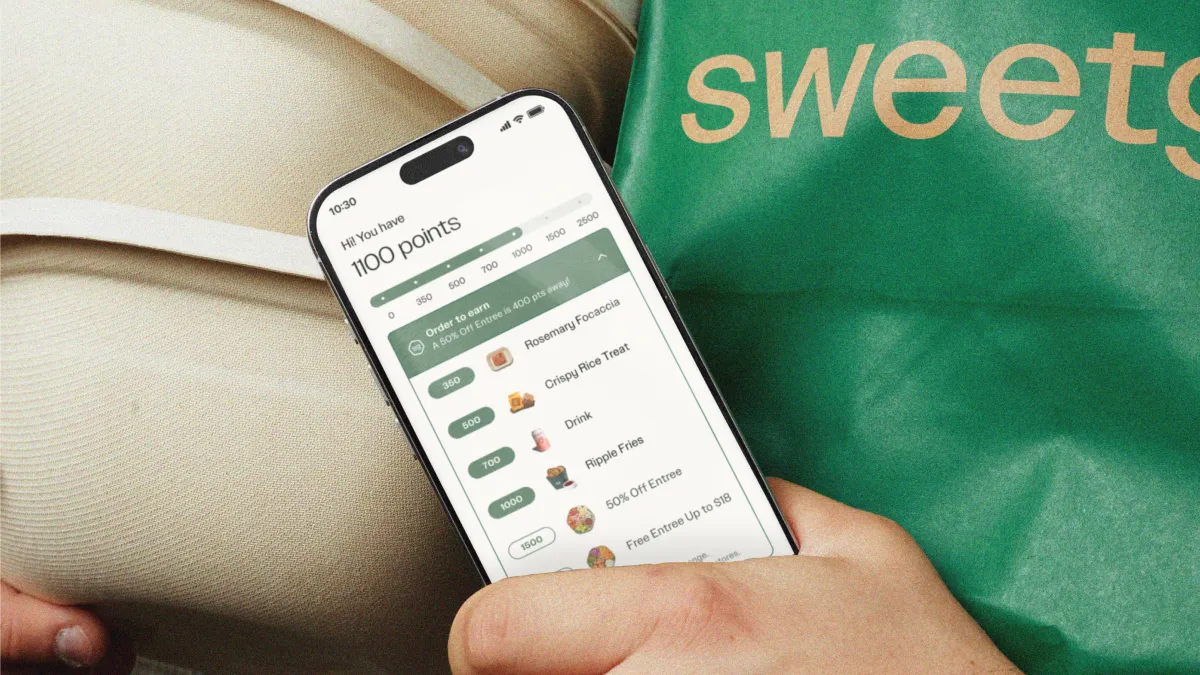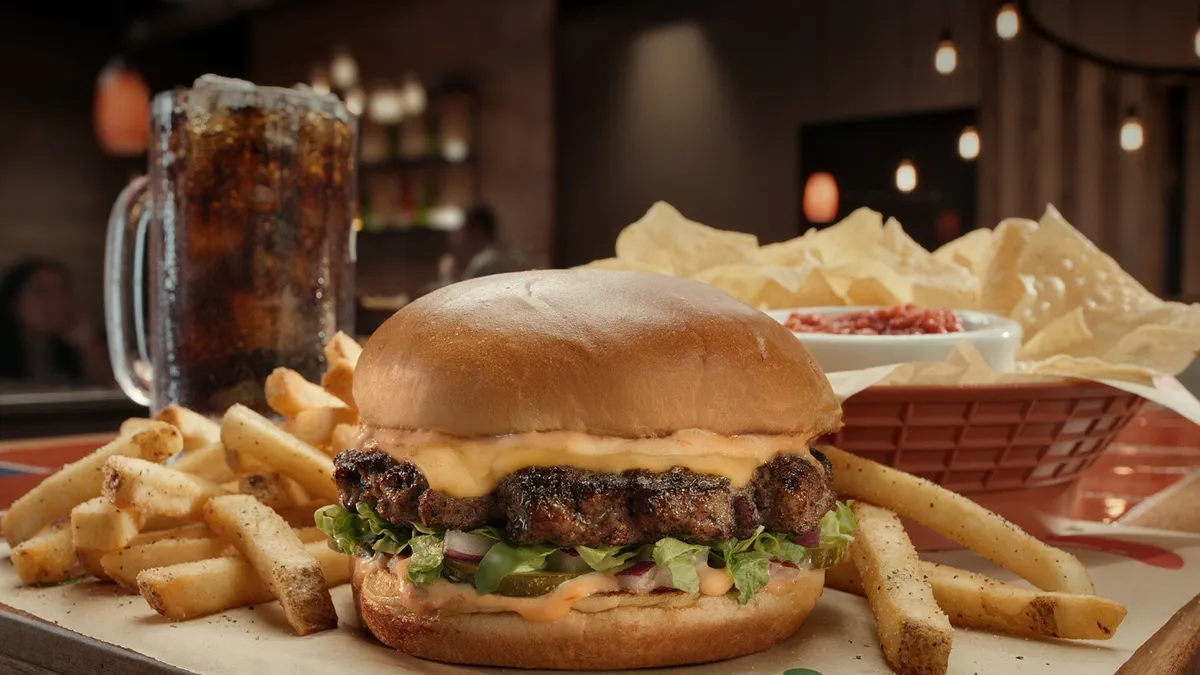Along his tour to promote the latest season of “Curb Your Enthusiasm,” creator and star Larry David appeared on the “Today” show in February. The show’s hosts asked for his thoughts on various minutiae of social etiquette, including “tipping culture” and those ubiquitous tablet screens with defaults that can go up to 25%.
“I’ve noticed in little coffee shops, you go in, you get a croissant with a cup of coffee, and there’s a tip spot. And it freaks people out a little bit,” said David, who joked that he sometimes tips 100%. David, and his character, has certainly tapped into a feeling of collective irritation — and bewilderment — over tipping.
The endless surveys reflecting Americans’ frustration with constant requests to tip — at cafes, delis, for food delivery, even the self-checkout kiosk at airport convenience stores — say it all: Consumers are being asked to tip more often and for more services than they were in the past. And it’s leaving them with a bad taste in their mouths.
A recent survey of 2,000 Americans found the average respondent reluctantly tips $37.80 a month because of the “pressure or awkwardness of the options presented to them.” Over the course of a year, that figure equates to about $454 in “guilt-induced gratuity,” with a quarter feeling they are always or often forced to tip more than they’d like, according to market research company Talker Research.
Before the proliferation of point-of-sale tablets made paying for anything with a credit card reader seamless, customers weren’t generally asked to tip staff when they bought a muffin or a T-shirt at a concert venue. (The tip jar was an unassuming fixture on the counter top, perhaps.) Now, when paying via tablet, customers are typically confronted with a screen asking them to choose among three to four suggested tip buttons — which can range from 15% to 25% — as well as a “custom tip” and “no tip” button.
Sure, you can click on “no tip,” but it’s “hard for people to change the default,” says Shubhranshu Singh, associate professor of marketing at Johns Hopkins’ Carey Business School. In the heat of the moment, they may choose the middle or lower option, but “they are bothered, they feel like they got tricked,” he says.
According to a 2023 Pew Research study, 72% of U.S. adults say tipping is expected in more places today than it was five years ago. Few Americans are confident in tipping overall. About a third of respondents said it’s extremely or very easy to know whether to tip for different kinds of services these days, and just a third said the same about knowing how much to tip.
Tip before service?
Software engineer Matthew Croak wrote a post on Medium about tipping requests after noticing his own annoyance about the practice last November. Tipping went from something given after services rendered to businesses “asking you to tip on a service or product you didn't even get yet,” said Croak, who described it as part of the “guilt economy.”
“In order to finish buying something, I have to say yes or no to tipping someone,” he said.
Croak isn’t alone in his frustration. Indeed, when consumers are asked to tip before they get the latte or before their bags are taken up to their hotel room, they’re likely to tip less, says Sara Hanson, associate professor of marketing at the University of Richmond's Robins School of Business. “People don’t want to tip before they see what they're going to get,” says Hanson.
A 2021 working paper Hanson co-wrote found that when the default tip amount is set to a lower level, it increases consumers’ perceptions of control. This “results in positive emotions and, subsequently, more positive customer response,” the Marketing Science Institute paper concluded. “Conversely, default levels that are relatively high decrease perceived control, resulting in detrimental impacts on customer affect and response.”
Blame COVID
When the U.S. economy shut down during COVID, consumers faced restrictions regarding where and how they could dine and shop. Workers like food delivery workers and drivers were, in turn, practically considered first responders. Consumers felt it was appropriate to tip a lot, because these workers were taking on added risk.
“After that, we got so used to tipping and tipping a lot,” says Hanson. As many businesses integrated the technology into more of their services, prompts to tip became inescapable.
The many extensive threads on Reddit discussing all the unexpected places consumers have been requested to tip points to the very real frustration they feel. One user asked if she should tip the nurse practitioner who gave her Botox injections since it was an option at checkout. This practice has clearly been a source of confusion for customers as even one software provider used by salons and medspas explain on its website that “medspa professionals shouldn’t accept or ask for tips from their clients, because medspas are medical offices and are typically owned by physicians.”
Another Reddit thread lamented tip requests from online retailers that sell anything from custom-made shirts to 3D wall tiles. One culprit here might be platforms like Shopify, which provide online storefronts and point-of-sale systems for small businesses. In 2020, Shopify created a tipping feature that allows retailers to accept tips during checkout.
As Hanson explains it, platform providers like Square and Clover provide their point-of-sale systems with high tip defaults to businesses, and they don’t really consider consumer sentiment and how it will affect their relationship with the business later on.
“As defaults go up, people might tip more, but they feel worse,” Hanson says. “There’s lower loyalty.”








